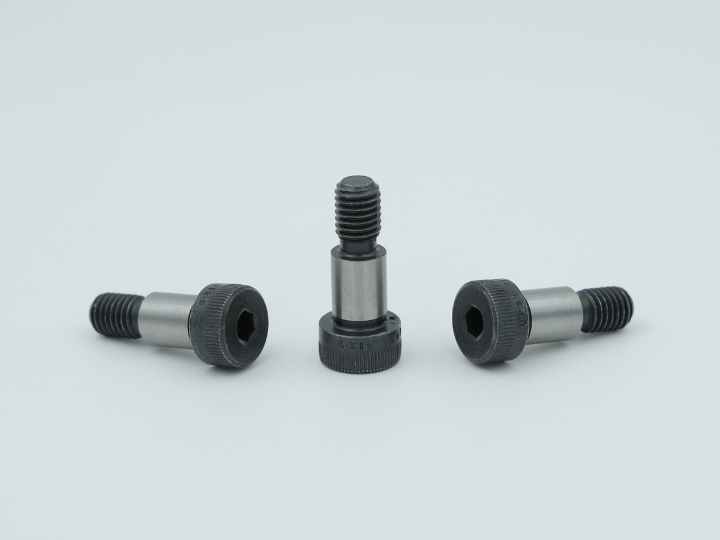The Unseen Foundation of Flight
Every aircraft represents thousands of engineering decisions. Each component must perform flawlessly under unforgiving conditions that would destroy ordinary materials. The fasteners holding everything together face temperatures from arctic cold to engine heat. They endure vibrations that never stop and forces that could tear metal apart. Yet most people never think about these small but critical components that make flight possible.
Movement Precision: The Role of Shoulder Bolts
Shoulder bolts serve a specific purpose in aviation assemblies. These fasteners excel when parts need to move, rotate, or maintain precise alignment. Landing gear systems depend on shoulder bolts to allow smooth retraction and extension cycles. Wing flap mechanisms use them to enable controlled movement during takeoff and landing phases. Interior components like seat adjusters and tray tables rely on these fasteners for reliable operation throughout countless service cycles.
Structural Integrity Through Aerospace Fasteners
Aerospace fasteners handle the heavy-duty structural connections that keep aircraft intact. These components secure wing attachments to fuselages and engine mounts to airframes. They must withstand tremendous loads during turbulence and maintain their grip through extreme temperature changes. The materials used in these fasteners often include titanium alloys and specialised steels that resist corrosion and fatigue over decades of service.
Why Different Jobs Need Different Solutions
Material Selection Criteria: Engineers choose fasteners based on specific performance requirements that vary dramatically across different aircraft systems.
- Load capacity – Some joints carry the entire weight of the aircraft
- Environmental resistance – Exposure to fuel, hydraulics, and weather
- Fatigue life – Millions of stress cycles over operational lifetime
- Weight considerations – Every gram matters in aviation applications
- Maintenance accessibility – Some fasteners must last the aircraft’s entire service life
The Science Behind Fastener Performance
Temperature extremes test every fastener in aviation service. A single flight can expose components to minus forty degrees Celsius at altitude and over one hundred degrees near engines. This thermal cycling creates expansion and contraction that standard fasteners cannot handle. Aviation-grade materials maintain their properties across these temperature ranges. Special coatings prevent corrosion from salt air and chemical exposure. Thread designs distribute loads evenly to prevent stress concentrations that could lead to failure.
Critical Applications Across Aircraft Systems
Different aircraft sections demand specific fastener characteristics. Cockpit instruments require fasteners that resist vibration loosening but allow easy maintenance access. Cargo doors need fasteners that handle repeated opening cycles under varying load conditions. Engine cowlings use fasteners designed for quick removal during inspections. Passenger safety systems depend on fasteners that maintain integrity during emergency situations. Each application presents unique challenges that standard hardware simply cannot meet.
Quality Standards and Testing Protocols
Aviation fasteners undergo rigorous testing before approval for flight service. Manufacturers must demonstrate performance under simulated flight conditions that exceed normal operational limits. Salt spray chambers test corrosion resistance over extended periods. Fatigue testing machines cycle fasteners millions of times to verify their service life expectations.
Aviation safety depends on choosing the right fastener for each specific application. Shoulder bolts enable precise movement in mechanical systems. Aerospace fasteners provide the structural integrity that keeps aircraft airworthy. Understanding these differences helps engineers design better aircraft and maintenance teams service them properly. The next time you board an aircraft, remember that thousands of carefully selected fasteners work together to ensure your safe arrival at your destination.
